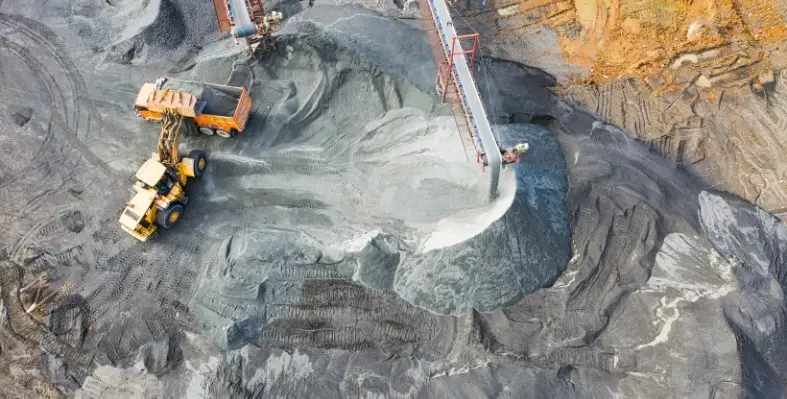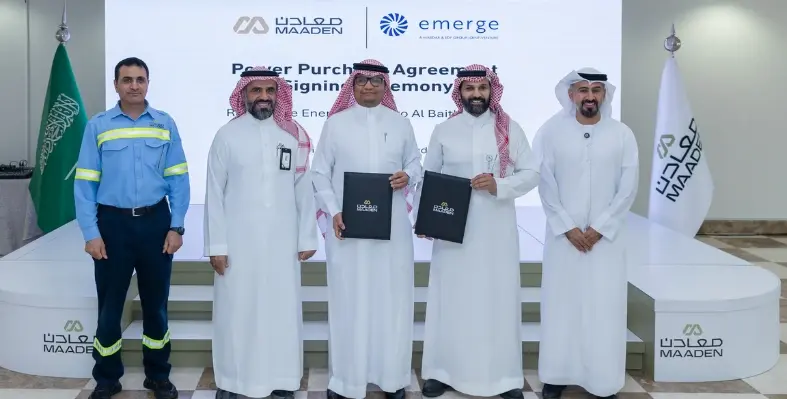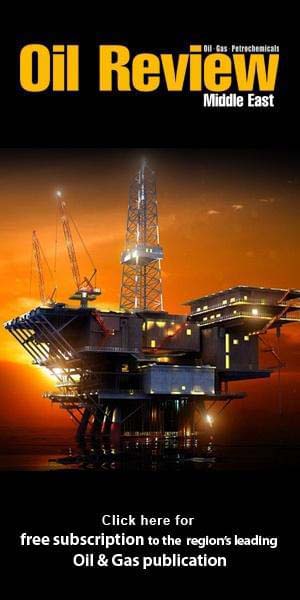Saudi Arabia has awarded exploration licences for 25 sites in the Nabitah–Ad Duwayhi belt, located in the Makkah region, to nine local and international companies and consortia. The winners have committed more than SAR156mn (US$42mn) in exploration spending, according to the Ministry of Industry and Mineral Resources.
The successful bidders include four consortia: Ma’aden–Hancock Prospecting, Ajlan and Bros Mining–Shandong Gold Group, Technology Experts–Andiamo Exploration, and McEwen–Sumo Holding. In addition, five standalone companies secured licences: Al-Eitilaf Al Mumayaz for Mining Company, Saudi Gold Refinery, Batin Al-Ard for Gold, Aurum Global Group, and Almasar Minerals.
The ministry confirmed that competition for the final site, ND26, was suspended after exploration spending bids exceeded technical evaluations and reached levels deemed commercially unfeasible. The site will be re-evaluated according to the approved timeline under the Mining Investment Law.
Further bidding rounds are planned, with competition for an additional 10 sites in the same belt resuming from 16–18 September. Results will be announced after all regulatory procedures are complete. Another 162 mining sites in the Al-Naqrah and Al-Sukhaybirah Safra belts in the Madinah region will be offered from 28 September. These form part of the ministry’s target to make over 50,000 sq km of mineral-rich belts available by 2025.
Saudi Arabia’s mineral resources are estimated at more than SAR9.4tn, underscoring the sector’s role as a cornerstone of Vision 2030. The Al-Baha region alone is valued at nearly SAR285.4bn (US$76bn) and is rich in resources including gold, silver, copper, zinc, lead, feldspar, marble, and pozzolan. The region also contains mineralised belts for gold, copper, and zinc, as well as 19 mining complexes dedicated to building materials.
The Kingdom views mining as a key driver of economic diversification and aims to position the sector as the “third pillar” of its economy alongside oil and petrochemicals. By accelerating exploration and development of its mineral wealth, Saudi Arabia is seeking to enhance its global competitiveness in mining and attract further international investment.








